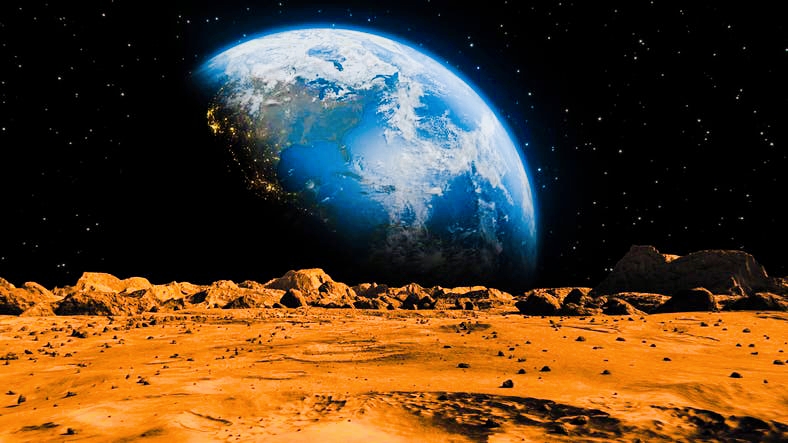Scientists Uncover True Nature of Dark Martian Streaks: Wind and Dust, Not Water

After years of scientific debate, researchers are nearing a resolution to the mystery surrounding the dark streaks on Mars, known as recurring slope lineae (RSL).
A recent analysis of data from the European Space Agency's ExoMars mission, utilizing advanced artificial intelligence and statistical techniques, has determined that these streaks are not the result of salty water as previously thought. Instead, they are formed by the movement of dust, sand, and wind, creating striking landscapes on the Red Planet.
* Landslide Provides New Insights
In December 2023, the ExoMars Trace Gas Orbiter captured images of streaks created by a landslide on the slopes of Apollinaris Mons during Christmas night. The images, taken by the colorful three-dimensional surface imaging system CaSSIS, revealed slight accumulations of meteorite craters and dark markings at the base of the slope.
A study titled "Dust, Sand, and Winds Drive Slope Line Formation on Mars," published in Nature Communications, focused on these phenomena.
* Advanced Data Analysis
Valentín Tertius Pichel, a researcher at the Center for Space Studies and Habitability at the University of Bern in Switzerland, stated that recent evidence indicates that most dark streaks result from dry, non-seasonal factors such as meteorite impacts, Martian earthquakes, and winds.
To conduct a precise analysis, the team utilized data from the lines observed by NASA's Mars Reconnaissance Orbiter (MRO) from 2006 to 2024, employing artificial intelligence algorithms and machine learning to analyze over two million streaks.
The so-called "line count" showed that most phenomena are concentrated in five main locations on Mars, with only about 0.1% of the lines attributed directly to events like meteorite impacts and earthquakes.
* Significance of the Discovery
These findings provide crucial evidence that helps clarify the debate over the causes of dark streaks and enhances understanding of the dynamic forces shaping Mars' climate over both seasonal and non-seasonal time frames.
Scientists hope this research will contribute to answering key questions about Mars:
• How and when did its surface water disappear?
• Where did that water go?
• Did it ever support life?
This research is part of a broader context involving nine ongoing space missions managed by five international agencies, with plans for additional robotic missions paving the way for crewed flights by mid-century.
